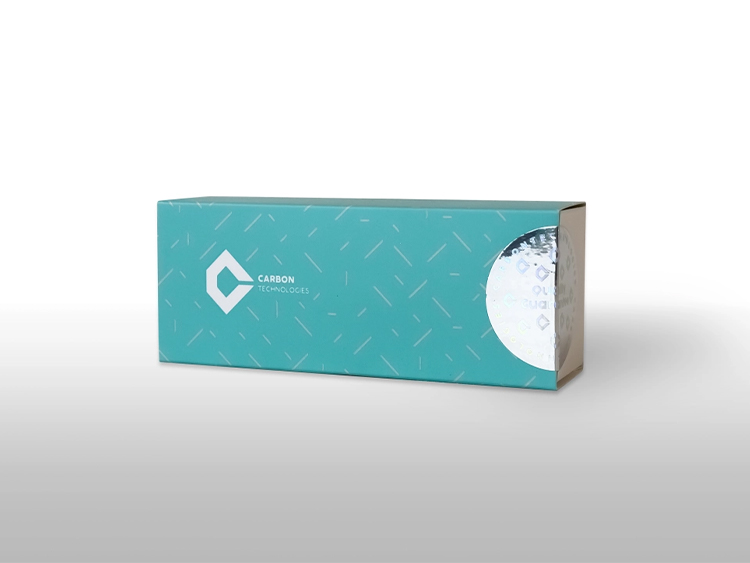Stark MTB Molecular Diagnostic Kit
Catalog Number:
- ST242002 (25 Preps/Kit)
- ST242006 (100 Preps/Kits)
Package Specification: 25 Preps/Kit , 100 Preps/Kits
Intended use
The Stark MTB Molecular Diagnostic Kit Real-Time PCR Kit is intended for in vitro diagnostic use by trained healthcare professionals. Designed for the detection of Mycobacterium tuberculosis (MTB) DNA in human samples, including sputum, bronchoalveolar lavage (BAL), bronchial secretion, cerebrospinal fluid (CSF), stomach fluid, peritoneal puncture, and urine, this Kit employs Real-Time PCR technology for precise and reliable results. The obtained data aids healthcare professionals in diagnosing MTB complex infections, guiding treatment decisions, and monitoring patient response. Strict adherence to the provided instructions is imperative to ensure accurate interpretation of results and effective utilization of this diagnostic tool.
Principle
The Stark MTB Molecular Diagnostic Kit uses real-time PCR to detect Mycobacterium tuberculosis complex DNA by targeting the IS6110 gene. It employs fluorescent probes to generate signals during amplification, allowing real-time monitoring. An internal control is included to verify sample quality and rule out PCR inhibition. The system ensures sensitive and specific detection of MTB in clinical specimens such as sputum, BAL, CSF, and urine.
Storage
The Stark MTB Molecular Diagnostic Kit should be stored at −30 °C to −15 °C. Under proper storage conditions, the reagents are stable until the expiration date printed on the packaging.
